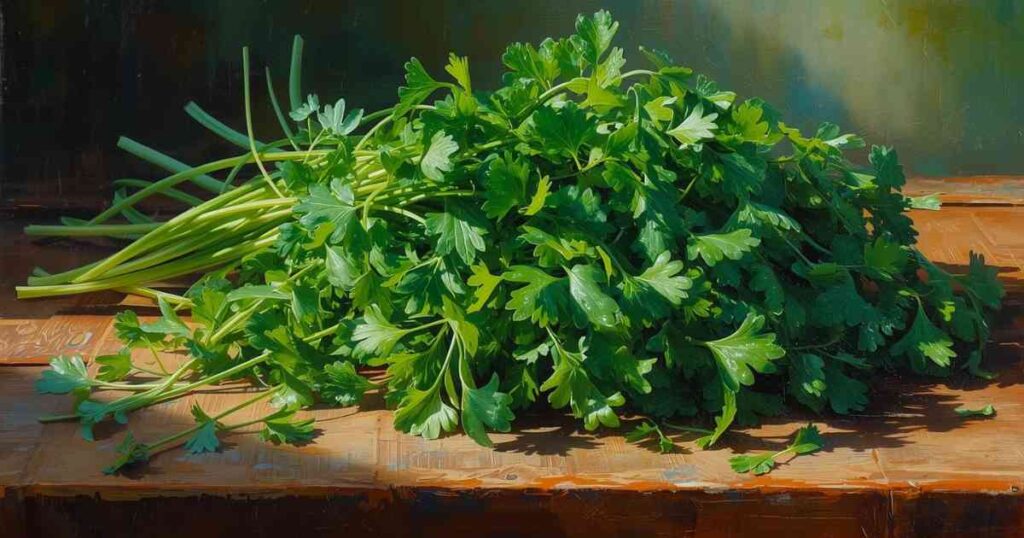The Simple Kitchen Secret That Stops Wasting Tomatoes
Have you ever purchased a large basket of juicy red tomatoes with all the excitement of preparing curries, pasta, or perhaps a fresh salad, only to see half of them decay at the corner of your kitchen?
It’s a problem nearly every home cook faces. Tomatoes go bad quickly, and once they begin to become soft, then there is little that can be done to save them. What’s the result? wasted money, wasted food, and a lot of guilt.
However, the good news is that there’s a solution, foolproof, and it is so easy that you will have to wonder why you hadn’t done it before. The answer is tomato puree. With this one technique, you will be able to use those fresh, ripe tomatoes and make homemade tomato puree for long term storage that can be kept for months. Yes, months, not days!
And the best part?
The best part is that you do not require any elaborate equipment, preservatives, or hours of work. Actually, this technique can be divided into only 3 steps, which are not difficult. It’s something every home cook should know.
Here, in this blog, I’ll guide you through my foolproof tomato puree recipe for preserving tomatoes, explaining why it is so effective, and addressing all your questions about the process of preparing one at home. This is the easiest way to have the fresh taste of tomatoes all year round.
So, get those tomatoes on your counter that are already ripe, because by the conclusion of this post, you will know how to repurpose them to the fullest. There will be no trash, no regret, only tasty homemade puree that is always available when you are in need.
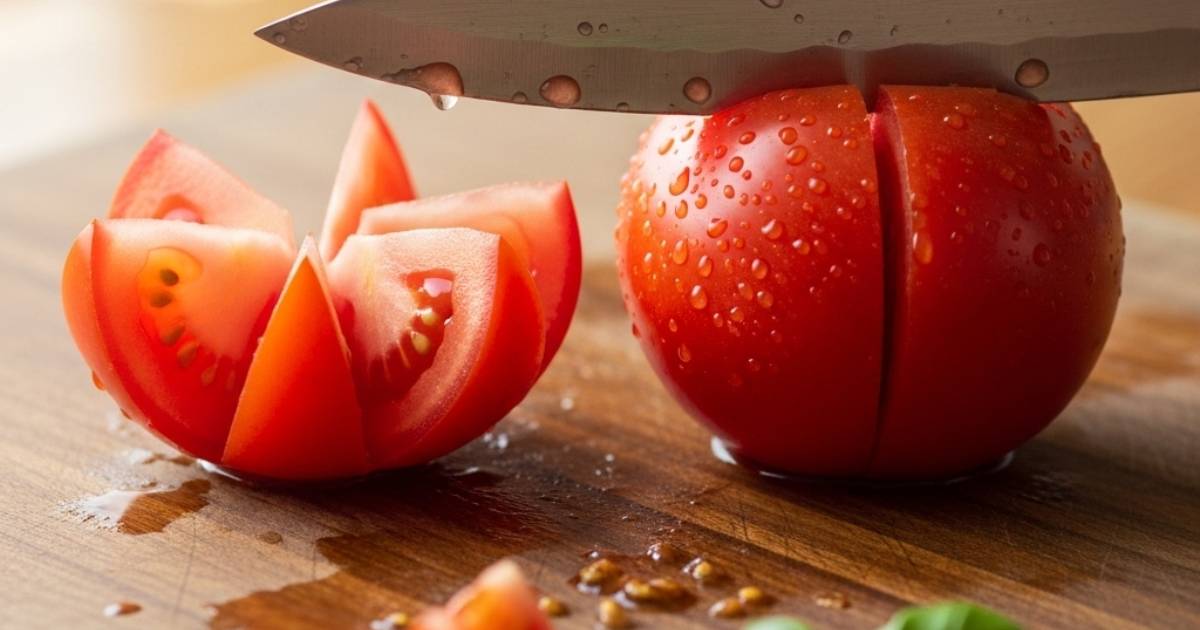
The Smartest Preservation Choice: Tomato Puree
When it comes to storing tomatoes, various methods are available, including freezing them whole, drying them, refrigerating them, or canning them. However, after conducting years of kitchen experiments, I can confidently assert that preserve tomatoes with tomato puree is the smartest and most reliable option. Let me explain why.
Puree Saves Your Cooking Time.
Imagine the number of times you cut onions and tomatoes per day. In dishes such as curries, gravies, pasta sauces, or even a quick daal, the first step is always preparing the tomato base ingredient. You’ll save half the cooking time when you prepare tomato puree in advance.
Rather than peeling and chopping tomatoes every day, you can simply open your freezer, grab a portion of puree, and pour it directly into your pan. This is a kind of readymade cooking shortcut of your own. Spend a couple of hours once, and you’ll have ready to use puree for 4 to 5 months.
It Maintains Freshness and Flavors over Months
The short shelf life of fresh tomatoes is one of the key issues associated with them. Even in the refrigerator, tomatoes that are not green can last only about one week, and less when it is hot. However, puree preserves the freshness of the tomatoes as much as possible.
When properly cooked and frozen, puree will keep for 4 to 5 months. Not only does the flavor remain unchanged, but it also becomes even more concentrated in some instances. This is why curries prepared with preserved puree usually have a richer, darker flavor than those made with freshly chopped tomatoes.
More Affordable Than Store-Bought Sauces
Each of us is aware of the temptation to pick a jar of store-bought pasta sauce or readymade puree when we are in a hurry. But the truth is: Such jars are costly, and most of them contain some type of preservatives, added sugar, or added salt.
Purchasing tomatoes in large quantities when they are in season is much cheaper than buying the packaged puree at a later date. A 2 kg fresh tomatoes are much cheaper than a single jar of puree sold in the store.
By making puree at home:
- You save money (particularly when you purchase tomatoes in large quantities or when they are in season).
- You choose the ingredients (no hidden chemicals).
- You have less to pay and more to get.
Fun fact: After making the price difference calculation, my homemade puree cost half what the branded one sold in the store.
Works for Any Cuisine Around the World
The versatility of tomato puree is another factor that makes it unbeatable. Whether you’re making:
- South Asian food such as chicken curry, aloo gosht or daal tadka.
- Italian dishes as such pasta, lasagna, or pizza sauce.
- Low-end comfort food such as soups, stews, or casseroles.
Your puree will serve as an ideal base. Puree can be used in virtually any cuisine, unlike whole frozen tomatoes, which alter their texture, or sun-dried tomatoes, which do not always fit into any dish. Unlike tomatoes that don’t suit every dish, puree adapts beautifully to nearly all cuisines.
Reduces Waste and Guilt
Let’s be honest: Throwing away spoiled tomatoes doesn’t just hurt our wallet; it also hurts our heart. I also recall purchasing tomatoes whenever they were on sale only to discard them in a few weeks since I did not have a chance to consume them before their shelf life expired.
It was a small victory, but now each time I prepare those extraneous tomatoes in puree, I feel a sense of victory. No food goes to waste, and I am sure I will eat them later in a delicious curry or pasta meal.
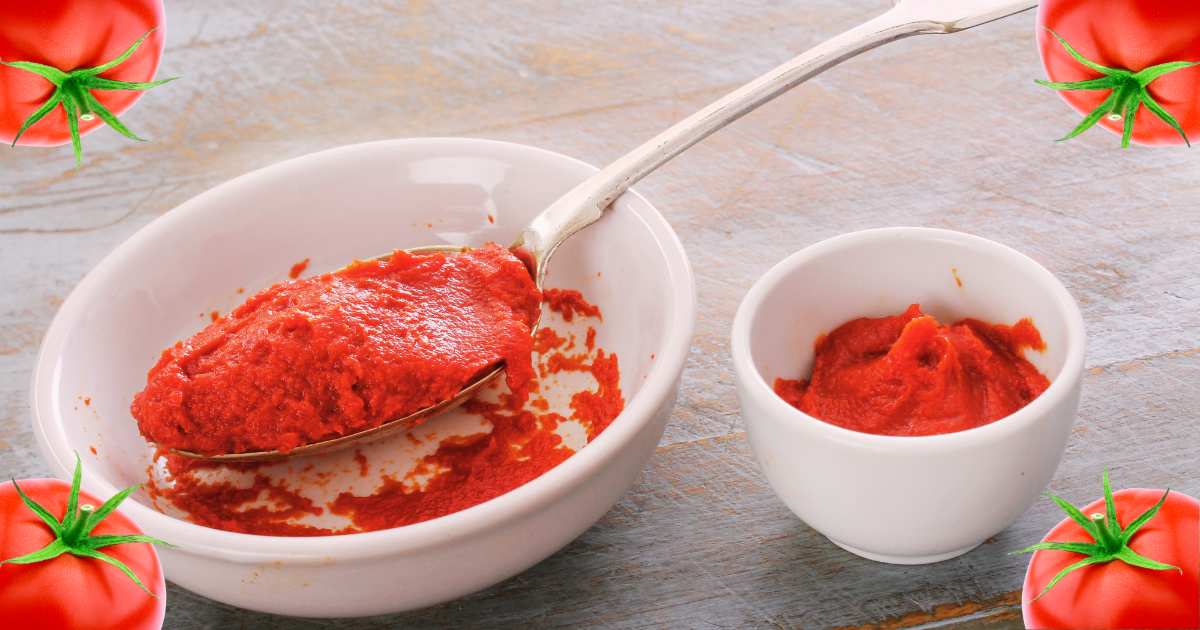
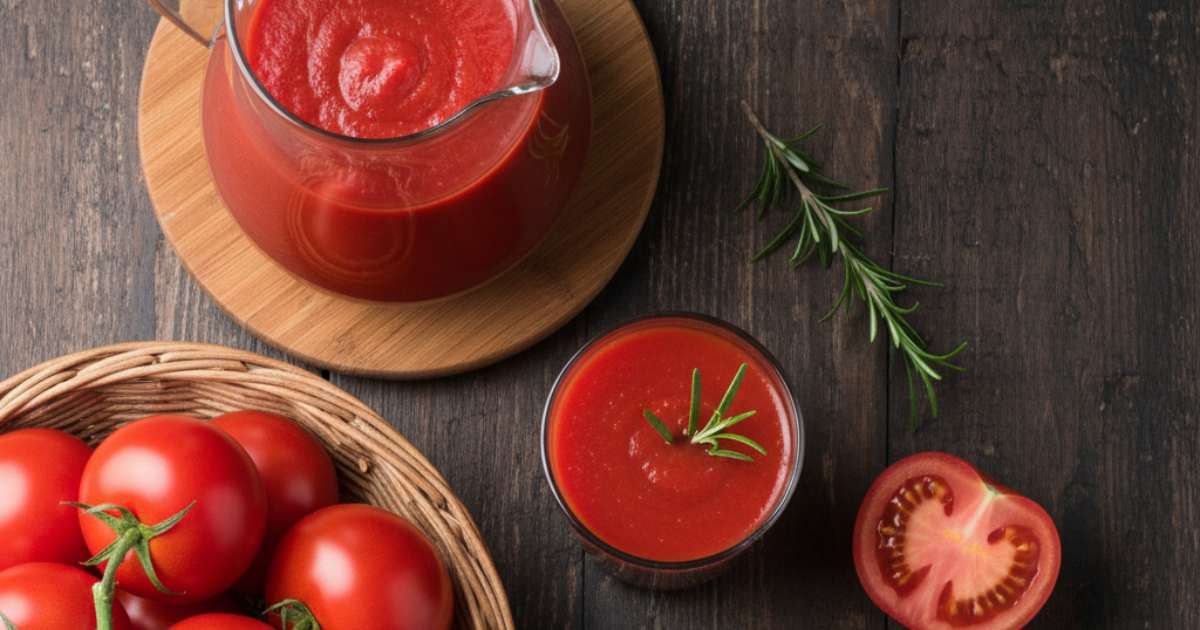
3 Foolproof Steps: Tomato Puree Recipe for Preserving Tomatoes
Ingredients
Equipment
Method
- Rinse 2 kg of tomatoes under cold running water, rubbing them gently to remove dirt.
- Remove stems and any bruised spots.
- Quarter the tomatoes and remove large cores if present.
- peeling tomatoes keeps your puree smooth and bright red.
- Removing cores and bruised parts prevents off tastes and any bitter notes.
- Uniform pieces cook evenly, speeding up Step 2 and reducing the chance of burning.
- If tomatoes are under ripe, they will be tart, wait a day if possible. Overly soft or rotten spots must be cut away.
- Put the quartered tomatoes into your large pot on medium heat, not add water. Tomatoes release their own juices.
- Stir gently and bring to a gentle simmer. Maintain a steady medium simmer (not a rolling boil) so the tomatoes break down without sticking or burning.
- Cook for about 12-20 minutes until the tomatoes have softened and mostly broken down. Use the wooden spoon to press them gently and release juices.
- Remove from heat and let cool for 10-15 minutes before blending.
- Gentle simmering concentrates the flavour without caramelizing and becoming bitter. Boiling hard or cooking on very high heat risks a scorched taste and a darker, less appetizing colour.
- Not adding water preserves the tomato intensity and shortens the overall time, water dilutes flavor and increases cooking time
- If the pot begins to stick, lower the heat and stir more frequently. If it is still hot and sticking, briefly lift the pot off the heat and stir, then return to simmer.
- If the mixture looks very watery after 20 minutes, continue simmering a bit longer, you want most pieces soft and pulpy.
- Blend: Transfer cooled tomatoes (in batches if needed) to a blender or use an immersion blender right in the pot. Blend until smooth to your desired texture. For ultra-smooth puree, push the blended puree through a fine-mesh strainer into a clean pot.
- Return & finish cook: Put the blended puree back into the pot on medium-low heat. Add ½ cup (120 ml) oil, 1 tbsp (15 ml) vinegar, 1 tsp (5 ml) sugar, and a pinch of salt (if using). Stir to combine. Simmer gently for 8–15 minutes more, stirring occasionally, until the puree thickens slightly and the oil begins to rise/separate at the edges — that visual cue shows the mixture has reduced and the oil has integrated.
- Cool: Remove from heat and let the pot sit uncovered until the puree is close to room temperature (30–60 minutes for this batch size). Then portion into airtight containers or freezer bags and freeze.
- Blending after an initial cook preserves color and lets you control texture. Straining removes seeds and bits for a restaurant-smooth finish (optional).
- The second, shorter simmer with oil and vinegar helps round the flavor, stabilizes texture, and gives the puree a glossy, shelf-ready finish. The oil separating slightly at the top is a classic signal that the puree is properly finished.
- Cooling before freezing prevents condensation and ice crystals forming in the container (a basic step so your puree keeps its texture).
- If the puree tastes too tart after finishing, a pinch more sugar can balance acidity. Add in small amounts and taste.
- If it’s too thick, don’t add water, fold in a tablespoon of tomato juice saved from the cooking pot, or use a splash of stock when cooking later.
- If it’s too runny, simmer a little longer (low heat) until desired thickness.
Notes
• Transfer cooled puree into airtight freezer safe containers or freezer bags, portioned to the sizes you’ll use. Freeze flat in bags for space efficiency or in rounded containers.
The Science Behind Tomato Puree Preservation
Preparing tomato puree recipe for preserving tomatoes is not the task of a kitchen trick only, but one supported by food science. Each of the steps, including cooking and freezing, prolongs your puree and makes it taste nicer. Let’s break it down simply.
-
Acidity: Natural Shield of tomatoes
Tomatoes are acidic (pH 4.2-4.5) in nature hence difficult to grow bacteria. You are increasing that acidity by cooking them down and adding vinegar to it. That is why tomato puree is able to remain fresh in months, whereas chopped tomatoes go bad in days.
-
Oil: A Protective Blanket
Once you add oil to your puree, it forms the thin layer on the top which prevents the air. It is an oily blanket that is a natural preservative, as this is what prevents spoilage and mold, which is accelerated by oxygen. It is the same ploy as pickles and chutneys.
-
Temperature: Cooking + Freezing Power
Cooking tomatoes before blending destroys enzymes and microbes that cause spoilage. Freezing then “pauses” whatever little activity is left. That’s why puree in the freezer can last 4–5 months, while fresh tomatoes in the fridge only last a week.
-
Natural vs. Chemical Preservatives
The homemade puree is “preserved by using natural ingredients, which are acidity, oil, and even a pinch of salt. Commercial products tend to be based on such chemicals as sodium benzoate. Making your own, you retain it healthier, fresher and chemical-free.
-
Why Puree Wins Over Whole Tomatoes
Entire or cut tomatoes go spoiled easily as they are raw and in the air. Puree lasts longer because: It has been cooked (bacteria killed). It’s sealed with oil. It is kept in an airtight and frozen state. That is why puree is not only easier to prepare, but also scientifically more intelligent.
Nutritional Benefits of Homemade Tomato Puree
-
Retains Lycopene (Powerful Antioxidant)
Tomatoes cooked into puree increase the levels of lycopene, which is an antioxidant that is associated with a healthy heart, a good immune system, and skin enhancement, learn more about lycopene benefits here.
-
Why Homemade is Healthier Than Store-Bought
Purees sold in stores are usually added with preservatives, salt and sugar. Homemade puree is free of chemicals, the only ingredients include fresh tomatoes, a little bit of oil and vinegar.
Personal Kitchen Story: Homemade Tomato Puree For Long Term Storage
I could not forget about the moment when I first tried making tomato puree at home in this 3 step technique. I, myself, did not believe in the beginning, was it possible so simple thing to work and endure months? However, the outcomes were totally unexpected. The instant I tried the puree that was well balanced and smooth I realized this was a game changer.
For the first time, I felt in full control of the tomato flavors in my meals, and I didn’t need to worry that tomatoes were going to spoil. I would always see ripe tomatoes go away before this recipe; it was annoying and, frankly, even painful. But this recipe made it a solution to that problem.
It is its simplicity and reliability that makes it special. It is not complicated to use, even to those who are not experienced, but the outcome is professional. Whenever I open a jar of my tomato puree, I achieve that rich, rich, natural color and the tang that cannot be replicated by a store-bought jar of tomato puree.
Preparation of puree by myself transformed my perspective towards recipes. Curries, pasta sauces, soups and stews became richer and more flavorful. At last, I was able to make restaurant level taste at home, and then there is a certain thing that are most pleasing of all, and that is to know what exactly was in my mouth, there was nothing in it that was not tomatoes, some oil, vinegar, and love. It is amazing that a simple kitchen trick can make everyday cooking so joyful.
It is an ideal illustration of how handling a few minor actions can result in a great difference in the kitchen. I’m now proud and comfortable whenever cooking. The kitchen has a better order, and I always have an additional tasty base to build simple food materials into a tasty meal. This tomato puree recipe is not merely any technique, but it has become part of my food preparation habit, an insider secret that turns ordinary food items into miraculous ones.
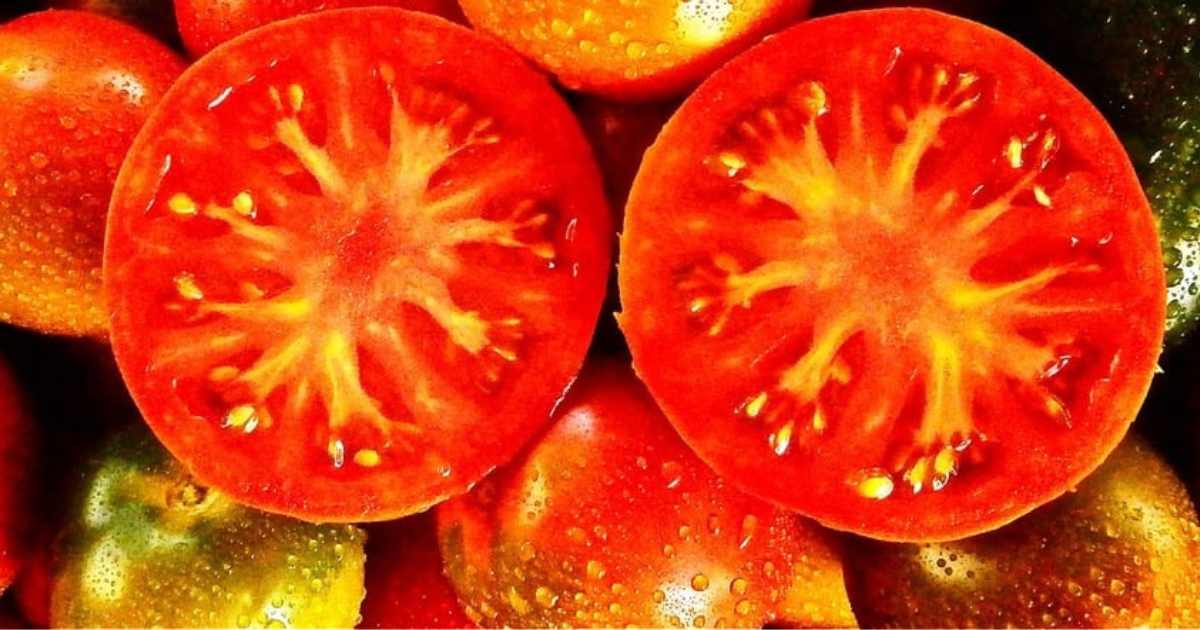
Conclusion: 3 Foolproof Steps, Zero Waste, Pure Flavor
Even the simple three steps of wash, cook and store are all it comes down to. That’s it. Using this simple 3 step recipe to preserve tomatoes with tomato puree, you can ensure that you take the perishable tomatoes in your kitchen and transform them into an economic kitchen ingredient that helps you save money and reduce garbage and at the same time adds high nutritional value and a natural touch to all your dishes.
This is not only a practical approach, but it is also cheap, nutritious, and trustworthy. Using only a handful of common foods, some time and a bit of freezer space you will have months of homemade tomato puree to use in curries, pasta sauces, and soups among others.
By using this tomato puree recipe for preserving tomatoes, you’ll wonder why you never had it before. Make the first move today: visit the market to purchase ripe tomatoes, use these 3 foolproof steps, and have zero waste, the highest satisfaction, and the taste of homemade goodness.
Your taste buds and your kitchen will be thanking you.
FAQs About Tomato Puree Recipe
Q1. Can I make tomato puree without peeling the tomatoes?
A: Technically, yes, but peeling ensures a smoother texture and removes the slightly bitter skin. For the best results and long lasting puree, I recommend blanching and peeling before cooking.
Q2. Do I need to add vinegar, or is it optional?
A: Vinegar acts as a natural preservative and enhances the flavor slightly. While optional, adding it helps the puree last longer in the freezer and gives a subtle tang that balances the sweetness of tomatoes.
Q3. Can I skip oil for a lighter version?
A: You can, but oil helps protect the puree from spoilage and improves texture. If you skip it, the puree will still work for cooking but may not last as long.
Q4. How long does puree last if only refrigerated?
A: In the fridge, homemade tomato puree lasts about 3–4 days. For longer preservation (up to 4–5 months), freezing is essential.
Q6. Can I use cherry tomatoes or only big ones?
A: You can use cherry tomatoes, but larger tomatoes are easier to peel, cook, and blend. Cherry tomatoes work well if you want a sweeter, more concentrated flavor.
Q7. Can I blend raw tomatoes without cooking them?
A: Raw blending is possible, but cooking tomatoes first improves flavor, reduces water content, and makes the puree more shelf stable.
Q8. Is tomato puree the same as tomato sauce?
A: No. Tomato puree is thick, smooth, and concentrated with a natural tomato flavor. Tomato sauce usually includes additional seasonings, sugar, and preservatives.
Q9. How can I make puree thicker naturally?
A: Cook tomatoes longer to evaporate excess water and avoid adding water while blending. Straining the puree with a fine mesh strainer can also give a thicker consistency.
Q10. Does homemade puree taste different from store bought?
A: Absolutely. Homemade puree captures fresh tomato sweetness and tang, free from preservatives or artificial additives, giving dishes a vibrant, natural flavor you can’t get from jars or cans.

